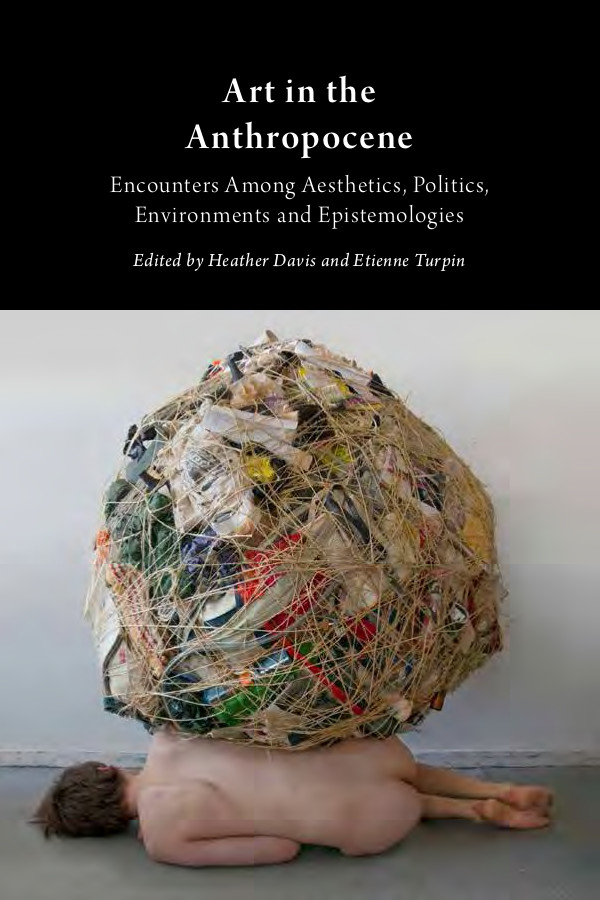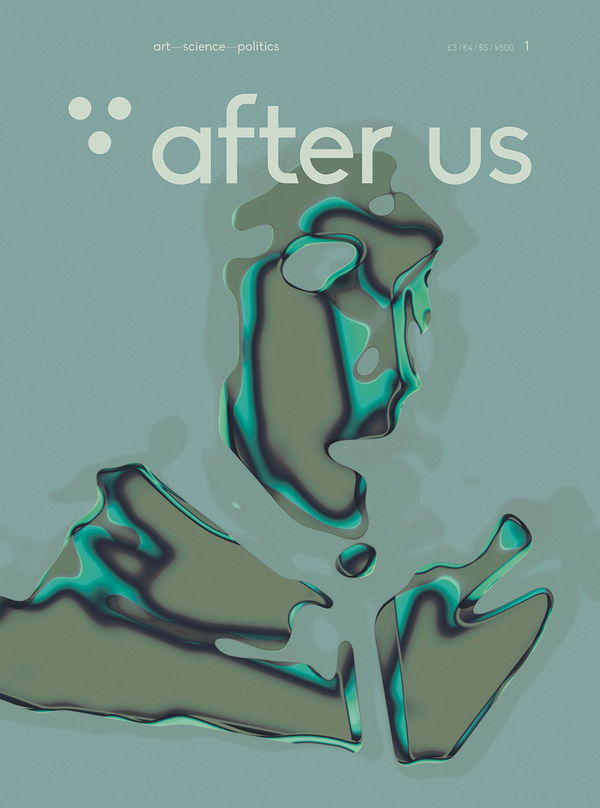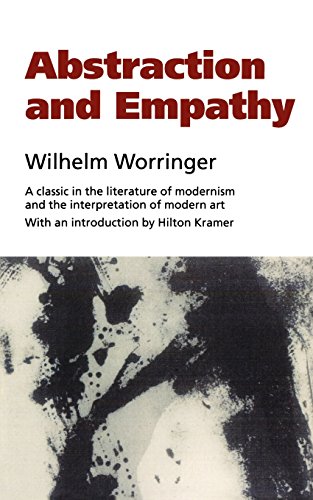Heather Davis, Etienne Turpin (eds.): Art in the Anthropocene: Encounters Among Aesthetics, Politics, Environments and Epistemologies (2015)
Filed under book | Tags: · aesthetics, anthropocene, art, climate crisis, earth, ecology, environment, human, nature, politics, theory

“Taking as its premise that the proposed geologic epoch of the Anthropocene is necessarily an aesthetic event, this book explores the relationship between contemporary art and knowledge production in an era of ecological crisis, with contributions from artists, curators, theorists and activists.”
Contributors include Amy Balkin, Ursula Biemann, Amanda Boetzkes, Lindsay Bremner, Joshua Clover & Juliana Spahr, Heather Davis, Sara Dean, Elizabeth Ellsworth & Jamie Kruse (smudge studio), Irmgard Emmelhainz, Anselm Franke, Peter Galison, Fabien Giraud & Ida Soulard, Laurent Gutierrez & Valérie Portefaix (MAP Office), Terike Haapoja & Laura Gustafsson, Laura Hall, Ilana Halperin, Donna Haraway & Martha Kenney, Ho Tzu Nyen, Bruno Latour, Jeffrey Malecki, Mary Mattingly, Mixrice (Cho Jieun & Yang Chulmo), Natasha Myers, Jean-Luc Nancy & John Paul Ricco, Vincent Normand, Richard Pell & Emily Kutil, Tomás Saraceno, Sasha Engelmann & Bronislaw Szerszynski, Ada Smailbegovic, Karolina Sobecka, Zoe Todd, Richard Streitmatter-Tran & Vi Le, Anna-Sophie Springer, Sylvère Lotringer, Peter Sloterdijk, Etienne Turpin, Pinar Yoldas, and Una Chaudhuri, Fritz Ertl, Oliver Kellhammer & Marina Zurkow.
Publisher Open Humanities Press, 2015
Critical Climate Change series
Creative Commons BY-NC-ND 3.0 license
ISBN 1785420054, 9781785420054
402 pages
Review: Scott Volz (CAA Reviews, 2018).
PDF, PDF, PDF, PDF (12 MB)
More formats (Archive.org)
After Us: Art—Science—Politics, 1 (2015) [English/Spanish]
Filed under magazine | Tags: · accelerationism, aesthetics, art, artificial intelligence, machine, politics, science fiction

“Through essays, pictorials and fiction, After Us hopes to look beyond the horizon, exploring developments in science and technology, new forms and expressions in art, and alternative political thinking. In print and online.”
Contents: Essays by Nora N. Khan on artificial superintelligence, Liam Young on architecture for machines, Nick Srnicek on neoliberalism and aestheticism, Benedict Singleton on modern film archetypes. Interview with Walter Murch by Dave Tompkins. Fiction by Juan Mateos. Art by Timothy Saccenti & Sam Rolfes, Lawrence Lek. Illustrations by Stathis Tsemberlidis, Adam Ferriss, Alex Solman, Patrick Savile.
Publisher Optigram, London, Sep 2015
32 pages
HTML (English, use menu to browse contents)
PDF (English, 10 MB)
HTML (Spanish, expand menu item “translations” to browse contents)
See also Issue 2.
Comments Off on After Us: Art—Science—Politics, 1 (2015) [English/Spanish]Wilhelm Worringer: Abstraction and Empathy: A Contribution to the Psychology of Style (1907–)
Filed under book | Tags: · aesthetics, art, art history, art theory

“In this text, Worringer identifies two opposing tendencies pervading the history of art from ancient times through the Enlightenment. He claims that in societies experiencing periods of anxiety and intense spirituality, such as those of ancient Egypt and the Middle Ages, artistic production tends toward a flat, crystalline ‘abstraction’, while cultures that are oriented toward science and the physical world, like ancient Greece and Renaissance Italy, are dominated by more naturalistic, embodied styles, which he grouped under the term ’empathy’. As was traditional for art history at the time, Worringer’s book remained firmly engaged with the past, ignoring contemporaneous artistic production. Yet in the wake of its publication, Abstraction and Empathy came to be seen as fundamental for understanding the rise of Expressionism and the role of abstraction in the early twentieth century.”
First published as author’s dissertation entitled Abstraktion und Einfühlung, Heuser, Neuwied, 1907.
English edition
Translated by Michael Bullock
Publisher International University Press, New York, 1953
New edition with an Introduction by Hilton Kramer published by Ivan R. Dee, Chicago, 1997
ISBN 1566631777, 9781566631778
144 pages
WorldCat (EN)
Abstraktion und Einfühlung (German, 1907, further editions: 3rd, 1911, 11th, 1921)
Abstraction and Empathy (English, 1953/1997, 9 MB)

